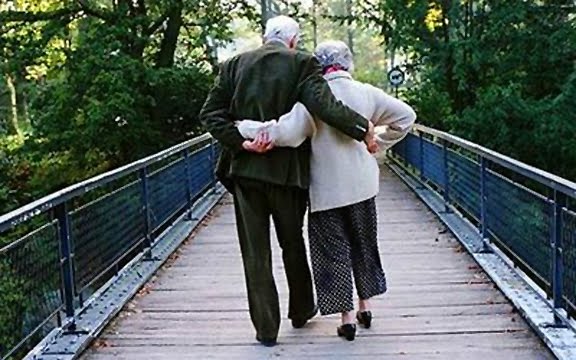
The Globe and Mail 9 April 2018
Family First Comment: Excellent article from Canada where old age is being considered as justification for euthanasia…
“Good treatment addresses our fears, it does not embrace them. It helps people through and past crisis points. That won’t happen when age is considered a terminal diagnosis, however, when physician-assisted death is the go-to answer. Ever since Jack Kevorkian, physicians in this line of work have had termination as their reflexive response. If you need help living, see someone else. We want to grow old but are afraid of aging. We want to be healthy and in control and so we fear any kind of disability. Thinking of age as a terminal condition easily ended plays to our fears, not the potential of our lives. The simple truth is circumstances may change at any age; we can’t control that, only our response to them.”
www.protect.org.nz
Age is a chronic, not a terminal, condition. And yet, as Canadians live longer, we often do not celebrate our longevity, but worry about its continuance. Suddenly, the idea of a long life is seen as something fearful and worth ending.
A current example is the recent Globe and Mail report of the March 27 shared death by lethal medical injection of George and Shirley Brickenden, both in their 90s, in their Toronto retirement home. They were, by all reports, an engaging, intelligent and relatively healthy couple.
The story raises real concerns about the grey-zone of medical ethics, targeting the end zone of what today is being promoted as a reasonable basis to end life. The question is: Who is fragile and how do we respond to their needs and fears?
For more than 30 years, I have worked with fragile seniors and their families, including my own. For 25 years, I’ve also worked with and written about adults living with a range of chronic conditions. The thing I learned from, and with, them all is that while death is inevitable, there is no clear past-due date for any of us.
In the medical assessment required before physician termination, one doctor wrote that Mr. Brickenden “has a serious and incurable illness, which is age-related frailty. It is end stage.” This was a way of fitting Mr. Brickenden into the legal standard requiring a patient’s death be “reasonably foreseeable” and inevitable.
READ MORE: https://www.theglobeandmail.com/opinion/article-old-age-alone-shouldnt-be-considered-a-justification-for-physician/





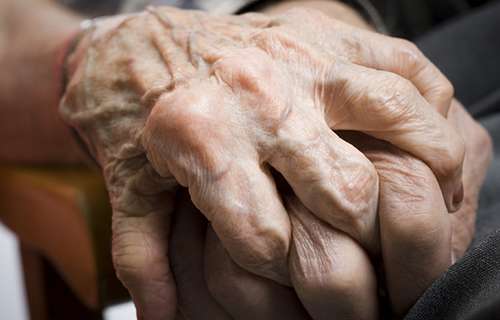
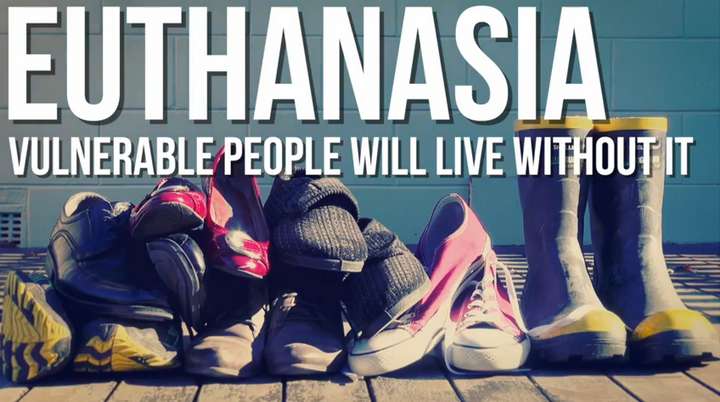
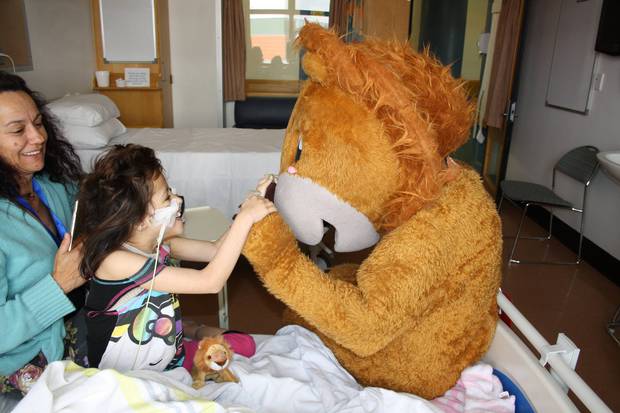

 Bruce Logan – Board Member, Family First NZ
Bruce Logan – Board Member, Family First NZ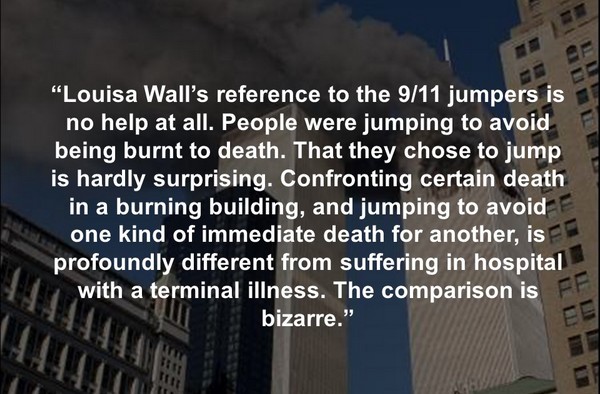 Even if we accept the argument made by Battin and replicated by Wall, that we have a fundamental right to kill ourselves akin to the right to life, it does not follow that we should endorse the legalisation of physician assisted suicide, which is what the Bill demands.
Even if we accept the argument made by Battin and replicated by Wall, that we have a fundamental right to kill ourselves akin to the right to life, it does not follow that we should endorse the legalisation of physician assisted suicide, which is what the Bill demands.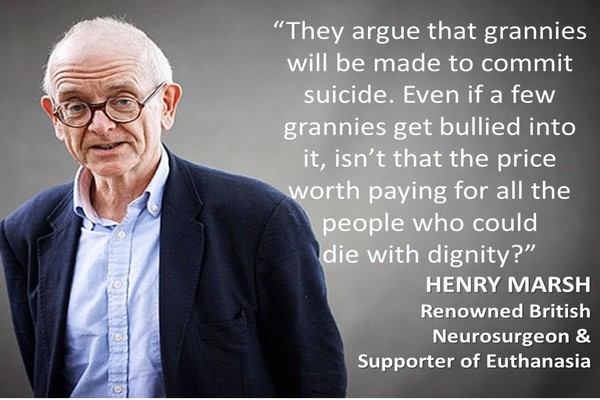 Conversely physician assisted suicide diminishes trust between the patient, relatives and friends, and in the profession generally. Suffering is not resolved, but potentially transferred to the lives of the relatives and even the physician. Whoever participates in assisted suicide assumes a unique responsibility for the act of ending a person’s life. He or she will never be sure that they had done the right thing. Guilt will remain a possible, even likely accuser.
Conversely physician assisted suicide diminishes trust between the patient, relatives and friends, and in the profession generally. Suffering is not resolved, but potentially transferred to the lives of the relatives and even the physician. Whoever participates in assisted suicide assumes a unique responsibility for the act of ending a person’s life. He or she will never be sure that they had done the right thing. Guilt will remain a possible, even likely accuser.